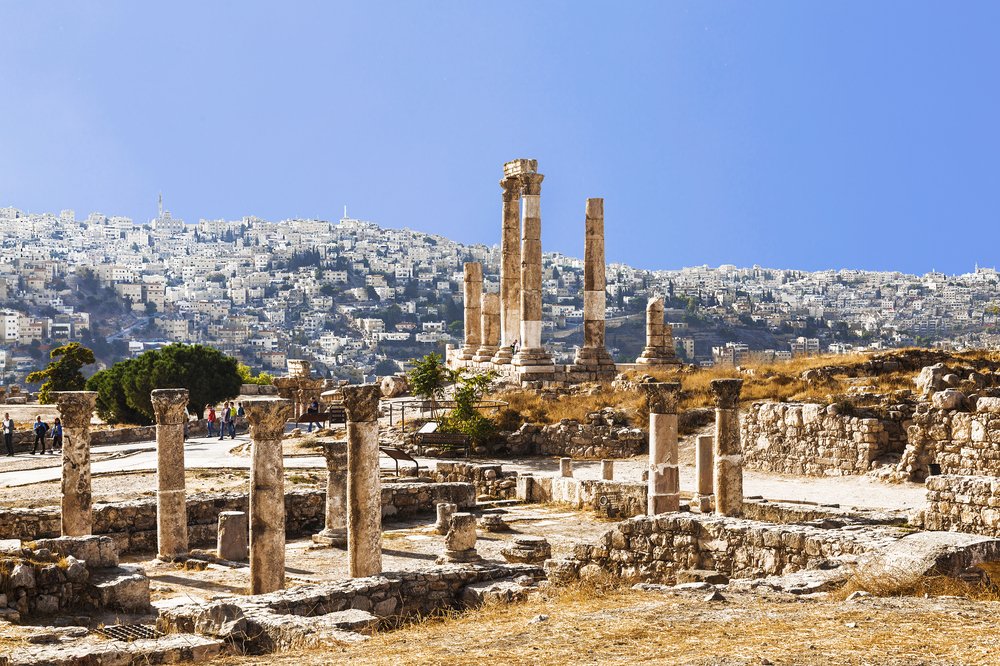About-Jordan
Welcome to Jordan
A safe haven in a region of conflict, Jordan has delighted visitors for centuries with its World Heritage Sites, friendly towns and inspiring desert landscapes.
Petra, the ancient Nabataean city locked in the heart of Jordan’s sandstone escarpments, is the jewel in the crown of the country’s many antiquities. Ever since explorer Jean Louis Burckhardt brought news of the pink-hued necropolis back to Europe in the 19th century, the walk through the Siq to the Treasury (Petra’s defining monument) has impressed even the most travel weary of visitors. With sites flung over a vast rocky landscape and a mood that changes with the shifting light of dawn and dusk, this is a highlight that rewards a longer visit.
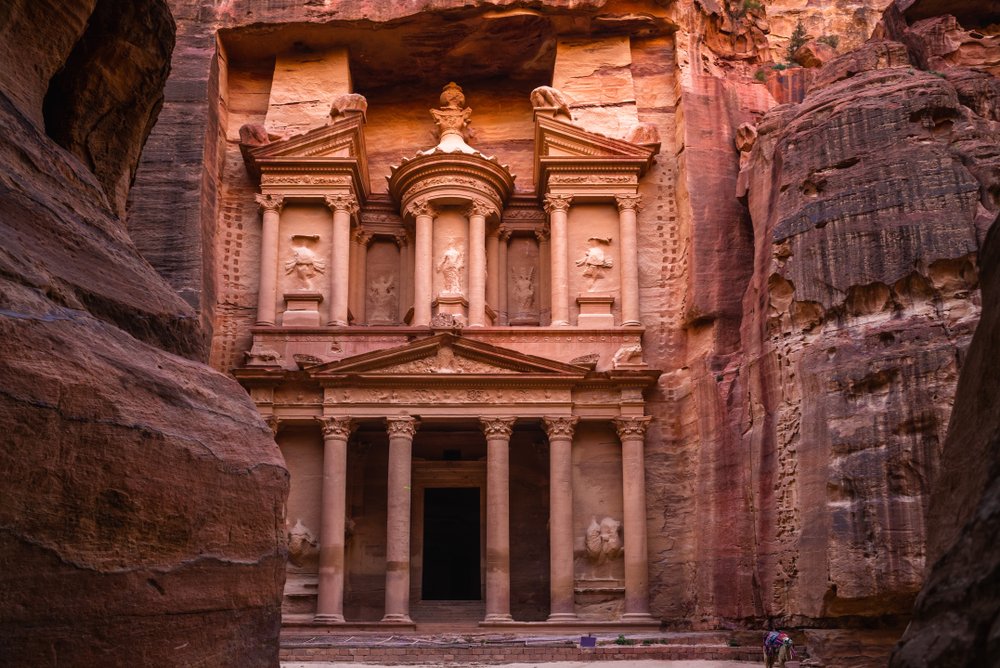
“The Valley of the Moon”, depicted as Mars in several Hollywood feature films Wadi Rum is an Arabian fairy-tale waiting to be discovered. Home to nomadic Bedouin tribes, Wadi Rum is a a quiet getaway of stars, sand, and sun; a perfect complement from Amman’s epicenter. Once inhabited by the Nabataeans of prehistoric times, Wadi Rum allows you to get lost in large landscapes and horizon lines. The calmness of the desert is sure calm your spirit and de-clutter your thoughts. Wadi Rum is waiting for you.
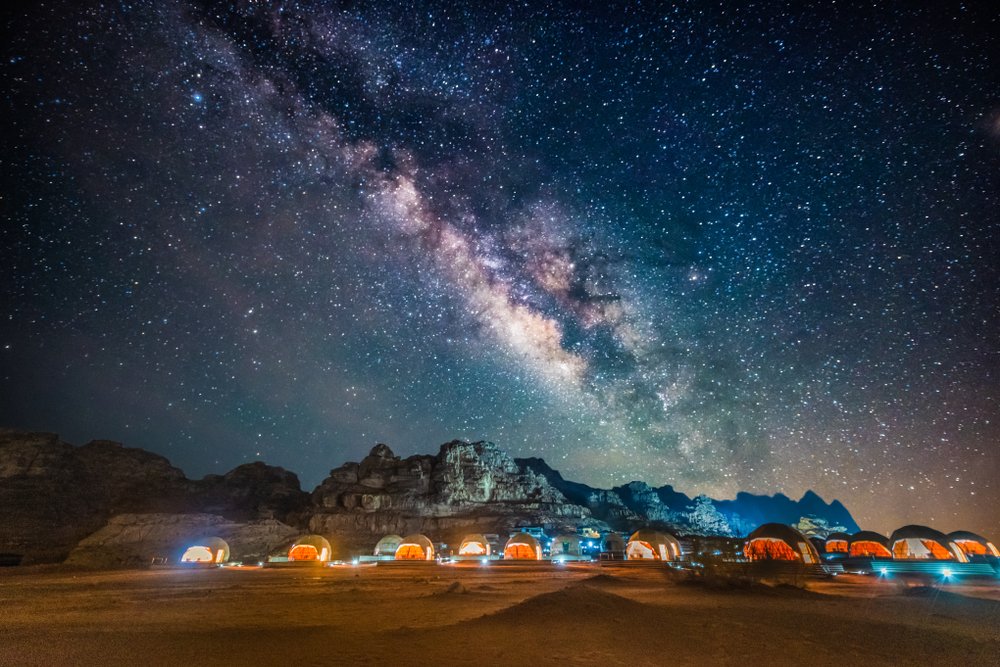
The ruined city of Jerash is Jordan's largest and most interesting Roman site, and a major tourist drawcard. Its imposing ceremonial gates, colonnaded avenues, temples and theatres all speak to the time when this was an important imperial centre. Even the most casual fan of archaeology will enjoy a half-day at the site – but take a hat and sunscreen in the warmer months, as the exposed ruins can be very hot to explore.
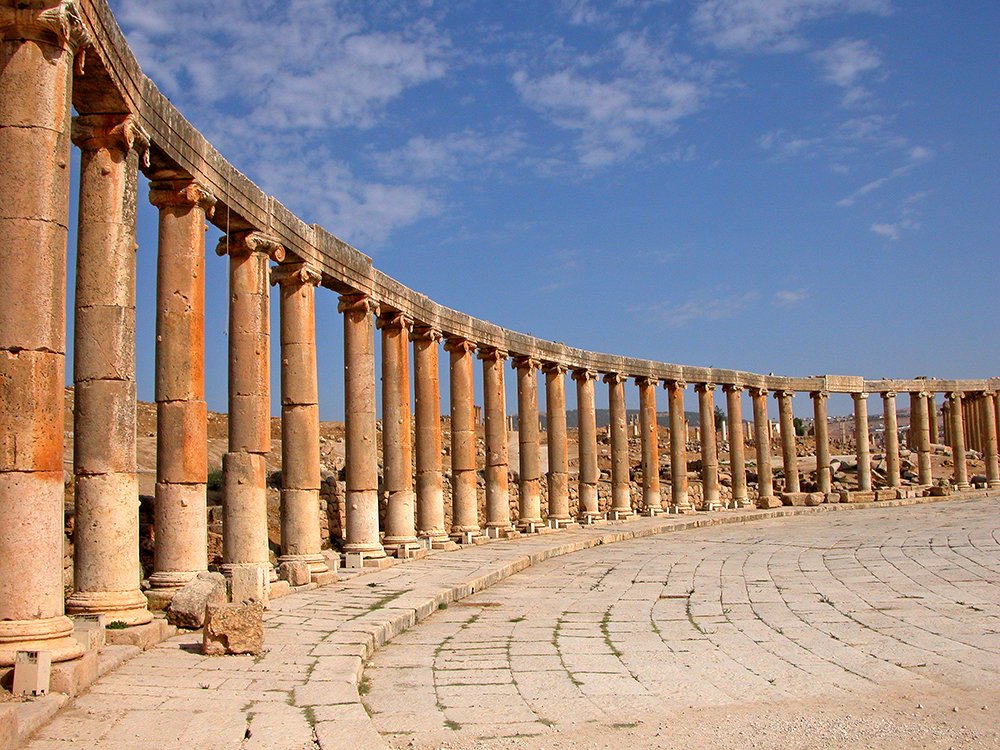
A spectacular natural wonder the Dead Sea is perfect for religious tourism and fun in the sun with the family. With its mix of beach living and religious history you can soak up the sun while Biblical scholars can get their daily dose of religious history. The leading attraction at the Dead Sea is the warm, soothing, super salty water itself – some ten times saltier than sea water, and rich in chloride salts of magnesium, sodium, potassium, bromine and several others. The unusually warm, incredibly buoyant and mineral-rich waters have attracted visitors since ancient times, including King Herod the Great and the beautiful Egyptian Queen, Cleopatra. All of whom have luxuriated in the Dead Sea's rich, black, stimulating mud and floated effortlessly on their backs while soaking up the water's healthy minerals along with the gently diffused rays of the Jordanian sun.

Aqaba is Jordan's only Red Sea resort and port city which is warm, sunny, inviting, and has a dazzling undersea world of some of the most spectacular coral reefs to be found anywhere else, located 332 km (206 miles) south of Amman.
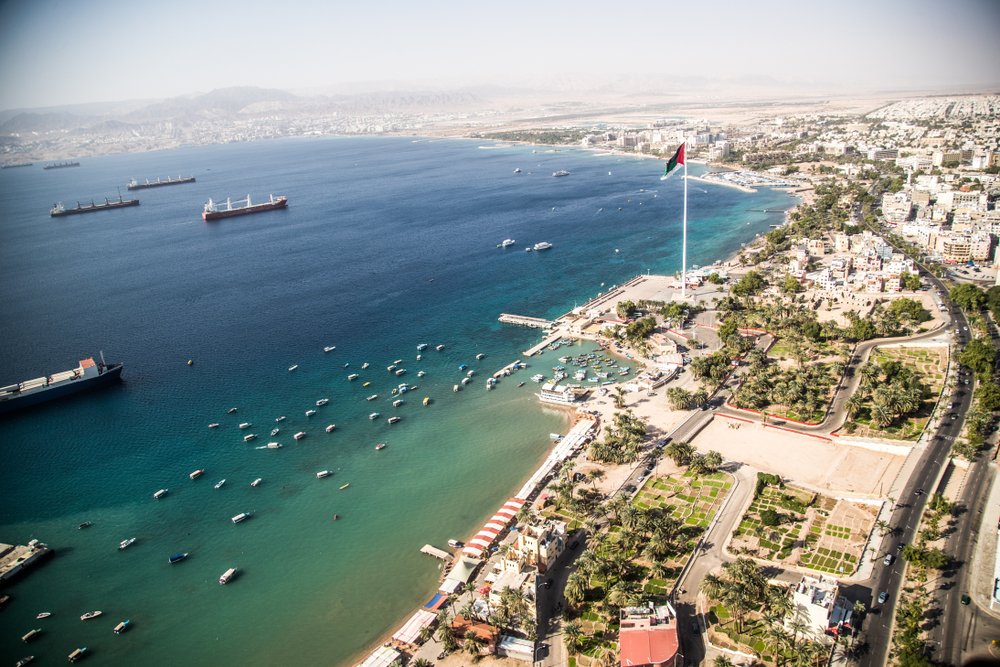
Best known for its spectacular Byzantine and Umayyad mosaics, Madaba is home to the famous 6th century Mosaic Map of Jerusalem and the Holy Land. With two million pieces of vividly colored local stone, it depicts hills and valleys, villages and towns as far as the Nile Delta.
The Madaba Mosaic Map covers the floor of the Greek Orthodox Church of St. George, which is located northwest of the city center. The church was built in 1896 AD, over the remains of a much earlier 6th century Byzantine church. The mosaic panel enclosing the Map was originally around 15.6 X 6m, 94 sq.m., only about a quarter of which is preserved.
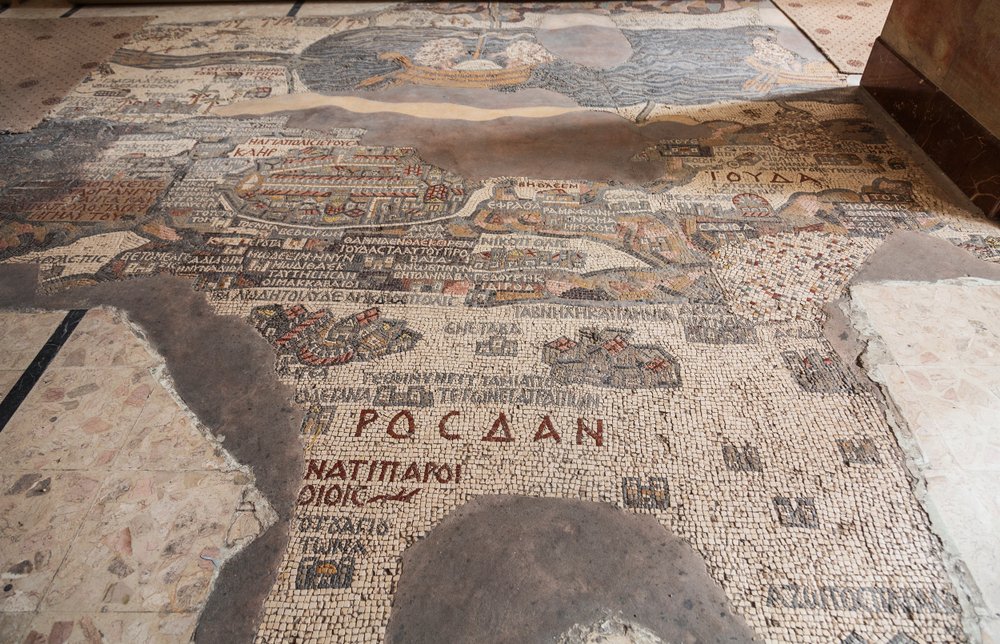
he Bible says that Mount Nebo was where Moses lived out his final days and saw the Promised Land, which he would never enter. It is said that Moses’ body may be buried here, although that has yet to be proven. There are two peaks on Mt. Nebo, Siyagha and al-Mukhayyat. By the 4th century AD, Mount Nebo had already become a pilgrimage site and a church and sanctuary were built on Siyagha to honor Moses. In the 6th century AD, monks constructed a Byzantine monastery on Siyagha, which lasted for almost six centuries. While the building is no longer there, the mosaics from this time period are still visible. The site was abandoned by the 16th century.
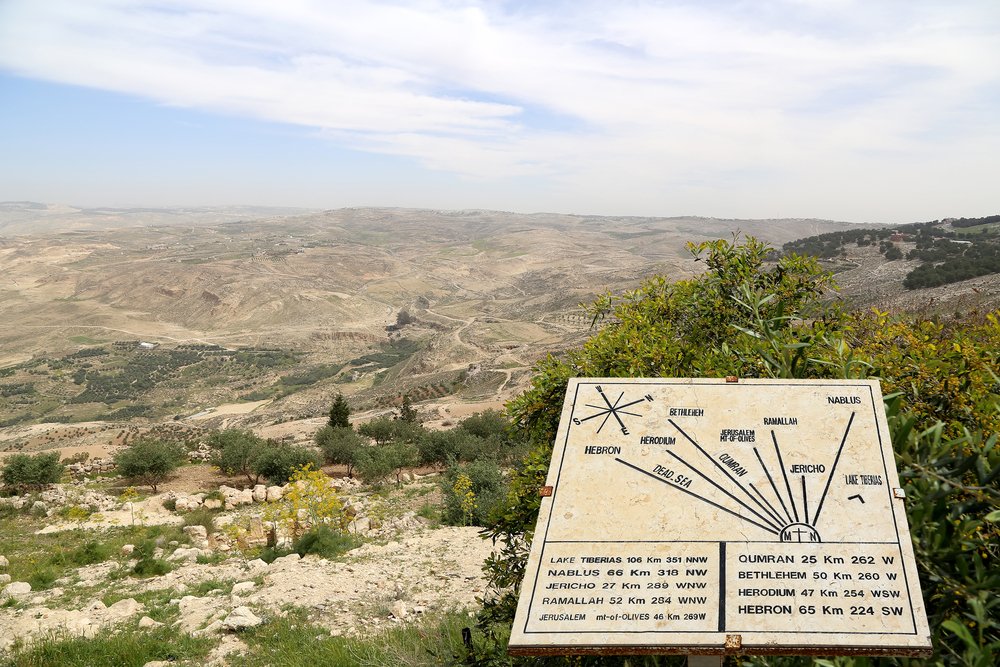
Ajlun Castle is located on the site of an old monastery. It was renovated as a fort in 1184 by Izz al-Din Usama, a general in the army of Saladin. The castle controlled traffic along the road connecting Damascus and Egypt. According to Saladin's historian Baha ad-Din ibn Shaddad, the fortress was primarily built in order to help the authorities in Damascus control the Bedouin tribes of the Jabal 'Auf. and had at one point set up a 100-tent camp next to the Hospitaller castle of Belvoir on the opposite side of the Jordan Valley. As such, Ajlun Castle is one of the very few Muslim fortresses built by the Ayyubids to protect their realm against Crusader incursions, which could come from Beisan or Belvoir in the west and from Karak in the south.
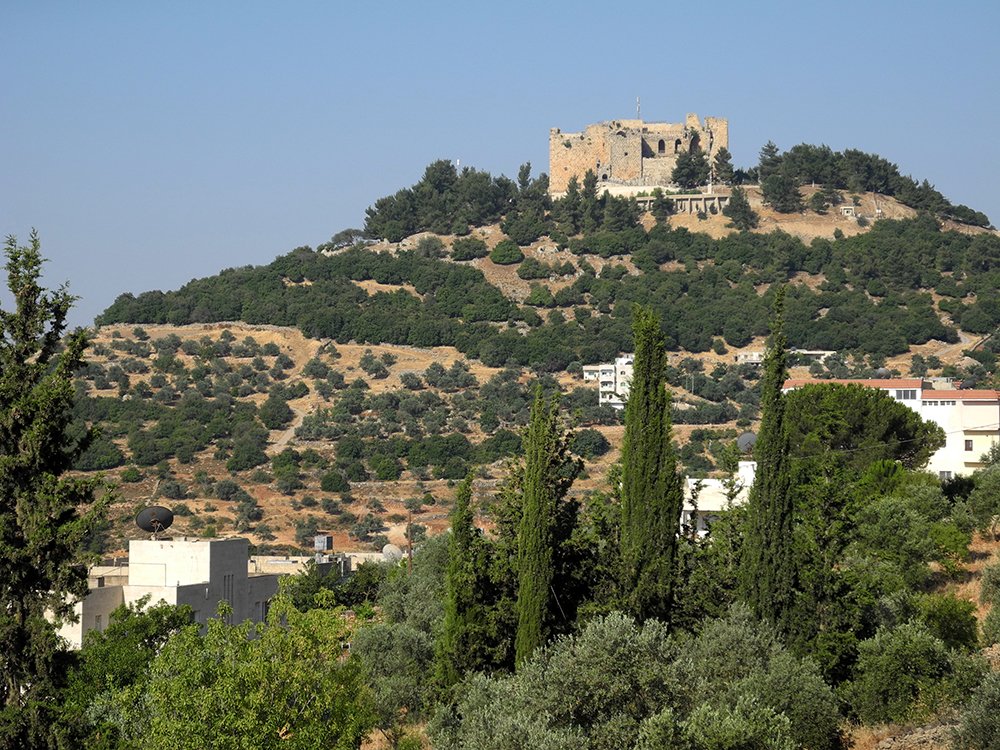
Excavations have uncovered signs of human occupation from as far back as the Middle Bronze Age (1650-1550 BC) in the form of a tomb that held pottery and scarab seals. During the Iron Age, the Citadel was called Rabbath-Ammon. The Amman Citadel Inscription comes from this period, an example of early Phoenician writing. It came to be occupied by the Assyrians, Babylonians, and Persians. When it was conquered by the Greeks in 331 BC, the city was renamed Philadelphia. From the Hellenistic Period, there were not many architectural changes, but pottery provides evidence for their occupation. The site became Roman around 30 BC,
